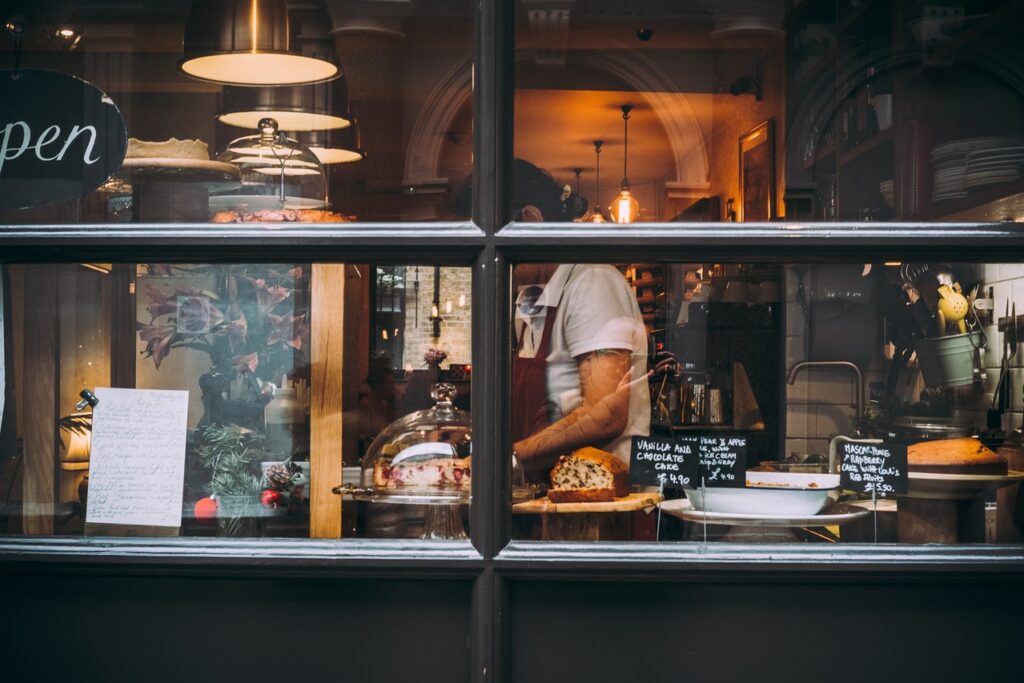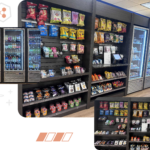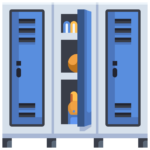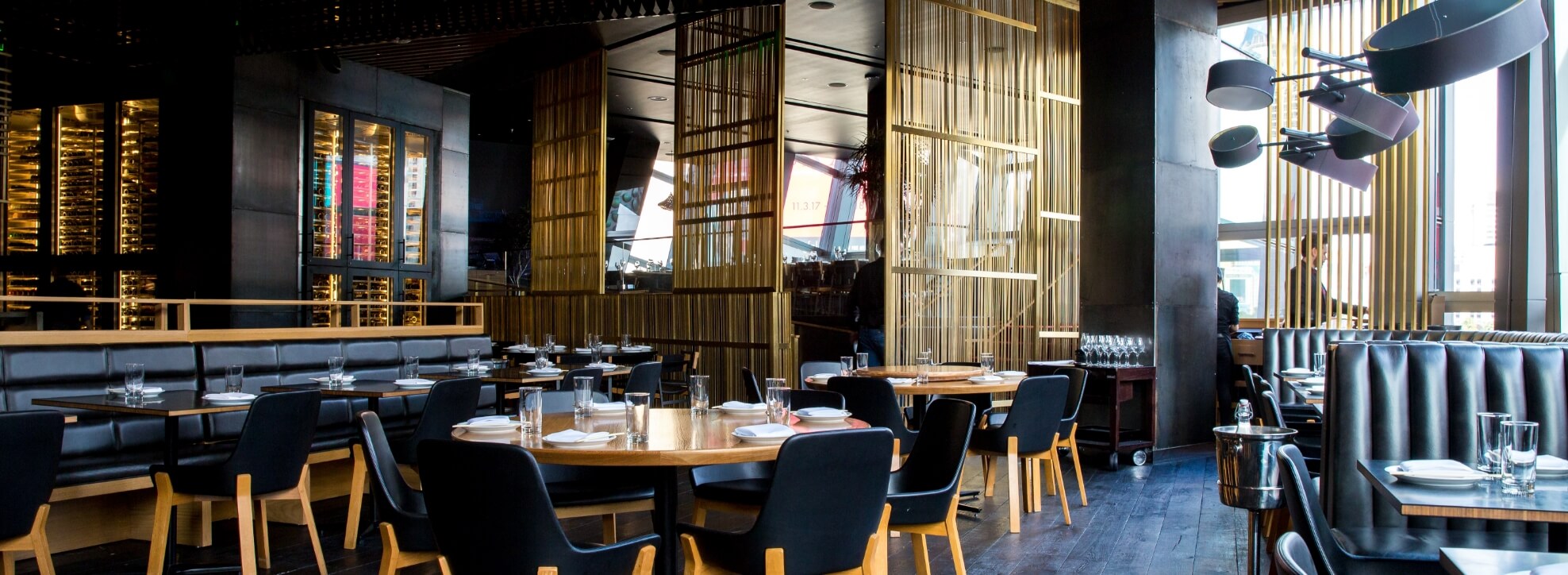
Starting and Running A Bakery (Complete Guide)
No other food establishment brings us quite the same joy as a neighborhood bakery. From bagels to biscuits, cookies to cupcakes, bread to brownies, the average bakery is filled with the things that most of us crave. But while bakeries produce all the things that make us smile, starting one is a serious matter. To find success as a bakery owner, you’ll need to carefully plan your path from zero to profit and beyond. You may be the best cannoli maker in the area, but if you’re unable to create a solid business in which to sell your sweet fried pastries, no one will ever know.
In this guide, we share beginner-friendly tips on how to start your bakery business from scratch.
Decide What Type of Bakery You Want to Start
The very first question to tackle is simple: What type of bakery should you open? If you’re not already settled on a specific type, you may be surprised to find out that there are many different types of bakeries out there. Here are the most common:
Traditional Bakery
A traditional bakery is also known as a counter-style bakery. In this popular arrangement, there’s a limited amount of public space, generally only enough for a customer to come in and place an order. The majority of the space is dedicated to the back of the house – the kitchen. It’s a no-frills set up, although you can choose to display your baked goods behind glass.
Cafe
This option is set up like a cafe with seating options for customers who prefer to eat onsite. It’s a great option for bakeries that wish to sell more than traditional baked goods. For example, a cafe is good if you want to serve beverages such as coffee or tea, or if you’d like to expand your menu to include light meals. This option is great if you’d like to establish yourself as the neighborhood hangout spot.
Food Truck Bakeries
Food trucks are taking the world by storm. From an owner’s standpoint, a food truck is affordable, easy to operate, and portable. You can go wherever the business is. However, when you think of food trucks, you probably don’t think bakeries. But that’s changing as more bakery owners are starting to realize the freedom and cost-effectiveness of choosing this option. You can bake at a stationary kitchen and then pack your products in your food truck for selling at a different location.
Wholesale Bakery
In a wholesale bakery, you don’t have a storefront at all. Instead, you become a supplier for others, such as grocery stores and restaurants. A wholesale bakery can be a lucrative option if you’re able to find enough business to business (B2B) customers willing to buy in bulk.
Home Bakery
If you’re wanting to start a bakery, but not sure that you’re ready to buy or lease a commercial space, a home bakery may be the right move. This type of bakery is growing in popularity because there’s a low barrier to entry and it’s not as risky as other options on this list. Many home bakeries either focus on catering, delivery, or even mailing goods. You may sell your products online or at fairs or farmers markets. And just like with wholesaling, you may be able to sell your goods to local shops in your area who are willing to buy a smaller amount of inventory.
Write a Business Plan
The next step to starting a bakery is creating a business plan. Don’t overlook this step! A thoughtfully written business plan is the key to your success. But don’t let the idea of writing a business plan intimidate you. A business plan doesn’t need to be complicated or time-consuming. In fact, you can write out a business plan in the span of an hour and use it to successfully guide your bakery business.
Think of a business plan as a map that will get you to the completion of your business goals. Without a map for your bakery business, you won’t have a clear direction of where you’re headed and if you’ve wandered off track. Plus, having a business plan may be required to secure funding, if you’re hoping to get a startup loan for bakery.
Here are the simple components of your business plan:
Executive Summary
This is an overview of your business plan and should be prepared last, after you’ve written the rest of your business plan. This section is used by investors and bankers to determine if they’d like to fund your business.
In your executive summary, include an overview of your bakery, the products you’ll sell, the customers you’ll focus on, how you’ll manage your bakery, and why/how it will succeed.
Company Overview
Describe what type of bakery you are opening. In this section, also discuss your niche, your unique value proposition, your target audience, and your short and long term goals.
Market Analysis
To prepare this section of your business plan, you’ll need to research your local market to validate your business idea. In other words, are you sure you’ll make money? How?
In this part of your business plan, identify your bakery’s strengths, weaknesses, opportunities, and threats. This is known as a SWOT analysis. Also look at your top competitors to see how your bakery compares to what’s out there. What do you offer that no one else does? What can you learn from your competitors? What can you do better than them?
Management Structure
It’s essential to identify how you’ll manage your bakery. This starts with what type of business structure you’ll assign your bakery, such as a limited liability corporation (LLC).
You’ll also need to identify how you’ll run your bakery business. Who will be onsite to manage it? How many employees will you have? How many employees will be present during operating hours? What role will you plan in your bakery — hands-on or management?
Marketing
In this section of your business plan, you’ll describe how you will market your bakery to your target audience. Describe what options you’ll use, including where you will advertise and how you’ll sell your items, whether online or in person.
Your marketing section should also include how much you’ll price your products and the reason behind your price.
Financials
For the financials section, it’s time to grab your calculator and identify the following information:
- How much revenue you realistically hope to produce within a set time period (usually 12 months)
- Where your revenue will come from (which products you’ll sell)
- How much money you need to start your bakery, including an estimate to cover the working capital for a specific time period until you believe you can start producing a profit (3 months, 6 months, etc.)
- A tally of your ongoing costs (supplies, utilities, employee salaries, etc.)
While creating a business plan takes time and effort, it shouldn’t stress you out. Remember that the business plan is a valuable aid that will create a roadmap to your goals. Also keep in mind that business plans can and should evolve. They’re not written in stone.
Secure Your Financials
As we briefly mentioned in the above section, there are costs associated with creating and operating a bakery. From buying and maintaining equipment to leasing a commercial space to hiring the right staff, your cute bakery can turn into a money-hungry monster. It’s important to start off with enough funds to cover your expected costs and any surprises along the way.
On average, it costs $25,000 to start a bakery. Of course, you can spend a lot less, depending on the style of bakery you choose. Those who are operating home bakeries may only spend a few thousand. But those operating a cafe style may spend more because they’ll need to lease a suitable commercial space and hire enough staff ahead of opening.
After completing your business plan, you should know exactly how much it will cost for you to start and run your business. If you don’t have the ability to self-fund, you’ll need to find an investor or get a loan to cover your costs. Your business plan will help you either secure a traditional commercial loan or a small business loan.
Choose a Location
The next step is to pick a location for your bakery. If you plan to operate a brick and mortar shop that’s open to the public, you need to look for a space that’s in a good location. This means it’s easily accessible to your target customer base. Also consider parking, as this can influence whether or not customers decide to stop by your bakery.
Other factors to consider:
- Competition – Is your bakery close to your competitors? Will proximity hurt or harm your business?
- Crime – Is the location considered safe to your customers?
If you’re doing a food truck bakery, scout out popular areas of your town to consider where you should park your truck to get the most attention.
Get Licensed
As with any other food establishment, you will need to get licenses and permits in order to legally operate your bakery. Check with your local government before you open your bakery so that you don’t run afoul of the law.
A list of licenses may include:
- Local business license
- Food service license
- Certificate of occupancy
Buy Equipment
After you’ve secured funding, you have a green light to buy the items you need to properly operate your bakery business. So what do you need to buy? Here’s a quick rundown of the most common items needed in most bakeries:
- Oven
- Refrigerator
- Bakeware
- Utensils
- Mixer
- Sheet Pan Racks
- Work Tables
- Proofing Cabinets
- Display Cabinet
- Point of Sale Register
It’s also crucial to invest in a point of sale (POS) system. In addition to enabling you to take orders and payments from your customers, your POS can accept online orders, process online payments, and offer customers the option to place orders in the future. From a management perspective, you can use your POS system to create reports, schedule your employees, set up a contactless food pickup system, and much more.
Check out the benefits you’ll gain from using the Truffle POS system in your bakery.
Final Thoughts
Starting a bakery can be fun and exciting, and can lead to many years of success. Be sure to set yourself on the right path by following the above tips.
If you haven’t already, schedule a free demo to see Truffle POS in action.





